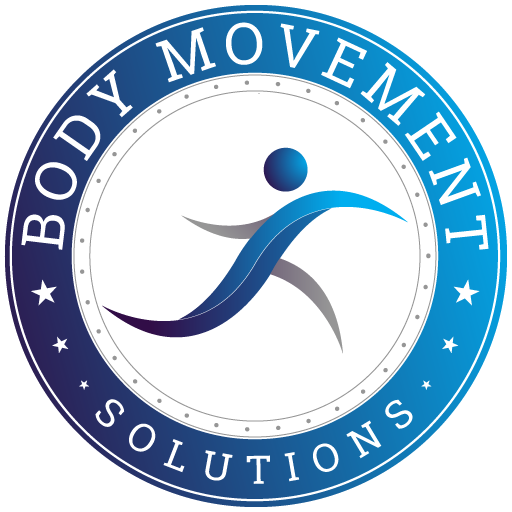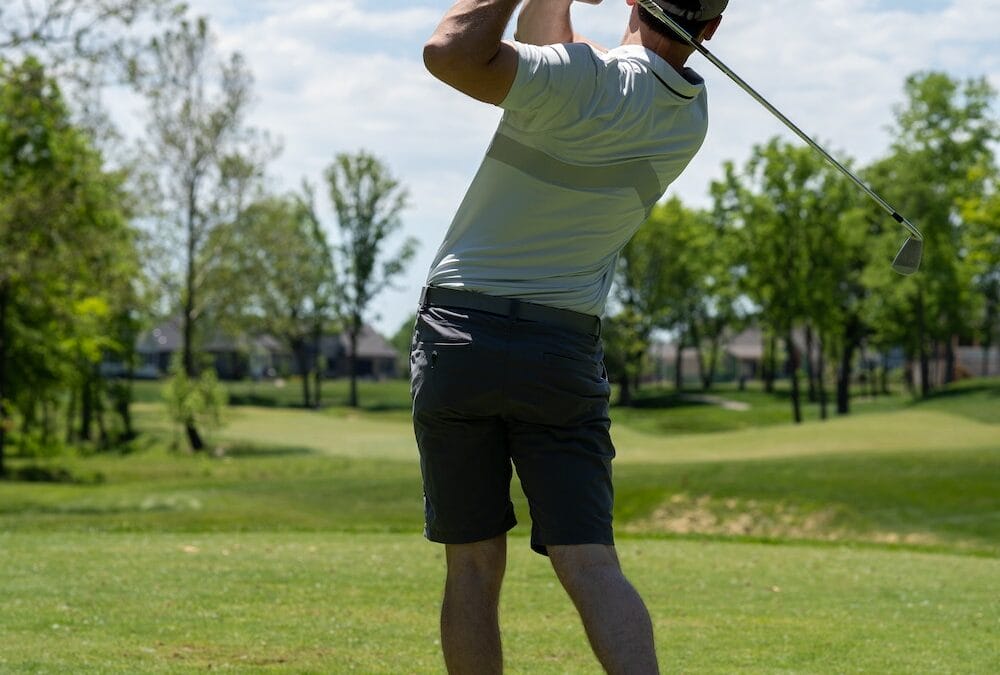Do you know a golfer who’s played the game for ten or twenty years but never gets better despite taking many golf lessons? Being inconsistent with striking the ball can have various reasons. Understanding how body movement impacts the swing and how to correct it using golf swing basics is vital because swing patterns and inconsistency may never work themselves out. But, often, the player knows what to do and has been appropriately coached on Golf technique.
In the sport of Golf, although there are many individual styles of golf swings, all great ball strikers perform an identical succession of energy transfer through their body to the point of impact with the ball, called the kinematic sequence, where the swing movement starts in the lower body, transfers to the trunk, then to the arms, and finally, the energy transfers to the club.
To visualize this, think of dominoes falling and the continuity of one linking to the next as they fall. If the sequence is off, and the first domino falls and doesn’t connect to the next tile in line, the movement of the dominoes stops. The same principle applies to golf swing body mechanics.
Golf Swing Basics
When a rotational sport athlete such as a golfer swings, each body segment needs proper mobility or stability for that player to summate the force as the movement delivers through the body. For example, if there is even one stuck joint area such as poor pelvic mobility, that’s enough to create one or more inefficient swing characteristics; it will invariably impact the ball’s flight.
For example, if a Golfer has a red flag on the pelvic tilt test and their setup posture shows a pronounced arch in their low back, that position takes the tension out of their abdominals and puts it in their lower back. This movement error makes it very difficult to turn and rotate in their swing, and if their rotation is limited, they typically stand up in the golf swing to make up for the lack of rotation they should be performing. So in this example, the player’s movement issue links to an “early extension” swing characteristic.
Early extension usually appears in the downswing, where the pelvis and hips drive toward the ball instead of rotating through the lower body. The consequence of early extension is it makes controlling the club much more complicated and can cause a loss of distance. Also, this arched-back posture is one of the primary causes of low back pain in Golf.
Here’s the critical point: completing a movement screen provides valuable information about what areas of your body contribute to your swing issues.
Identifying Limitations and Asymmetries
This is why the Titleist Performance Institute’s (TPI) level one screen starts with assessing the player’s movement. The evaluation covers the golfer’s mobility, stability, balance, and strength. The screen looks at the movement of the ankles, hips, pelvis, thoracic spine, neck, shoulders, wrists, etc. The goal of the screen is to identify any physical limitations or asymmetries that may be impacting the golfer’s swing mechanics.
Have you ever wished you had more power to hit the ball farther? Well, a good range of motion in the joints allows the generation of elastic energy between muscles and thus establishes the base for efficient power production.
Stability is the body’s ability to remain aligned in the presence of outside forces. However, stability is also crucial, so it’s often not adequate to only stretch random areas of the body. We need a balance of stability and mobility throughout the body for a dynamic and powerful golf swing.
Recognizing Muscle Imbalances and Postural Issues
Often, when a player has movement problems that are not addressed over time, it will create a postural issue, and that individual will typically have muscle imbalances. This issue is often seen at the foot and ankle complex, so the feet may flatten out and pronate, or it may manifest around the low back, where the back is excessively arched; the stomach protrudes out, or it can be around the neck and shoulders, and present as rounded shoulders and a forward head position. In any of these cases of movement compensations, using the body powerfully in a sport becomes more difficult without diminished performance or injury. If these issues are apparent in a player, specific exercises can be prescribed to bring the body back into balance and create optimal alignment.
The optimal opportunity to learn golf swing basics may develop when the body’s functional movement is restored. Based on the screen results, the TPI professional can create a customized training program to help the golfer improve their physical fitness and address any identified limitations, which can help golfers optimize their swing mechanics and overall performance on the course.


